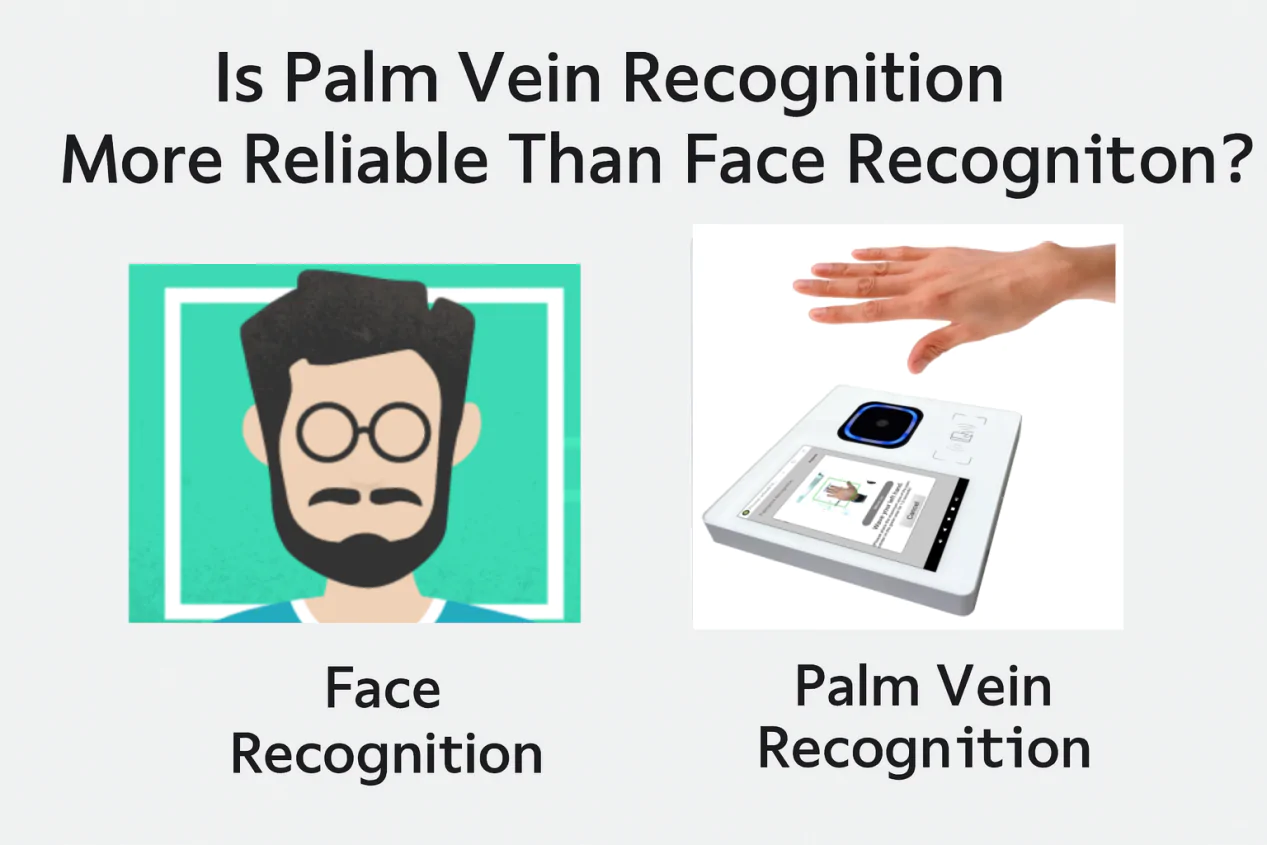Last night, I did a quick test that really made me think. It clearly shows why palm vein recognition is a safer choice compared to face recognition.
I tried making a payment with my face on the Alipay platform while wearing a very thin, translucent gauze face mask. My eyebrows and most of my facial structure were covered, yet the payment still went through instantly.
At first, that might feel convenient. But here’s the problem: if my face could pass with half of it hidden, it means the system is only checking a very small number of feature points. Obviously, this facial payment transaction shouldn’t have been approved. It’s incorrect because it doesn’t even have the full face of the payer. In large-scale use, this “fast and easy” experience can actually create serious risks of misidentification and fraud.
Then I repeated the same test with my palm. I covered my palm with the same gauze mask and placed it on the palm vein scanner. This time, the verification failed completely. Why? Because palm vein recognition doesn’t just capture surface features — it scans unique blood vessel patterns and blood flow under the skin. These details cannot be bypassed by a simple cover-up.
👉 For users, it means your identity is truly secure.
👉 For businesses, it means confidence at scale, even with millions of users.
This is exactly why X-Telcom Palm Vein Scan Payment Solutions have been developed — combining RGB + IR dual-mode imaging with AI-driven algorithms to deliver the highest level of biometric protection for payments and identity verification.
Face Recognition vs Palm Vein Recognition
| Aspect | Face Recognition | Palm Vein Recognition (X-Telcom Solutions) |
|---|---|---|
| Feature Points | 60–80 key points; deep learning models ~128–512 dimensions | 300–1,000+ vein points; usually 512–1024+ dimensions |
| Stability with Age | Features change with age, weight, expressions, posture — frequent updates needed | Palm vein patterns are fixed after ~6 years old and remain stable for life |
| Environmental Influence | Affected by lighting, makeup, hairstyle, occlusion | Subcutaneous veins — not affected by skin tone, wrinkles, or lighting |
| Uniqueness | Can be similar, especially with twins or close relatives | Completely unique vein distribution, virtually impossible to duplicate |
| Speed vs Risk | Feels “fast,” but higher false acceptance risk; vulnerable to spoofing and deepfakes | Slightly slower capture, but highly accurate and reliable even at million-scale |
| Anti-Spoofing | Can be tricked by photos, videos, 3D masks | Protected by blood flow, impossible to fake |
| Applications | Phone unlock, access control, social login, consumer payments | Banking, healthcare, government ID, enterprise and retail payments |
| Database Scalability | Accuracy drops beyond 100k–1M users | Supports millions to tens of millions of IDs with >99% accuracy |
Conclusion
Many people feel face recognition is “good enough” simply because they haven’t experienced large-scale spoofing attacks yet. Its speed often hides the real issue — a high risk of errors and fraud in critical applications.
Palm vein recognition is different.
- Stable for life after childhood
- Impossible to copy without blood flow
- Designed for scale, with unmatched accuracy even in massive ID databases
💡 That’s why more and more industries — from banking to healthcare to government — are choosing X-Telcom Palm Vein Scan Payment Solutions as the highest level of biometric security available today.
When security, trust, and accuracy matter most, palm vein recognition isn’t just safer than face recognition — it’s the future of biometric payments.
Learn more from:Palm Vein Reader



